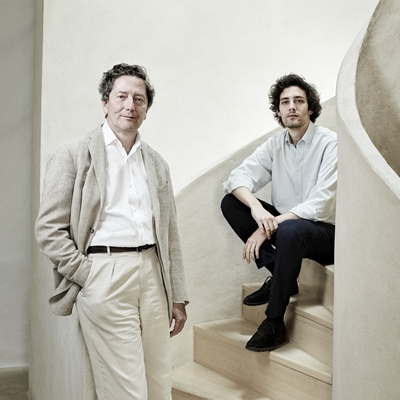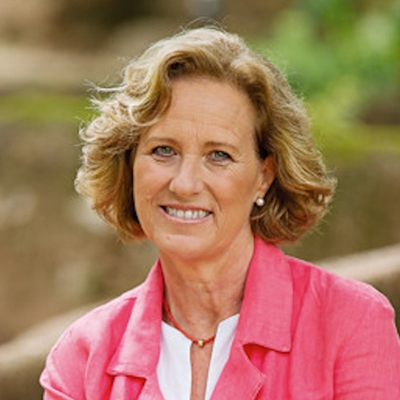Event 27
Fernando and Pedro Caruncho, and Cristina Castel-Branco in conversation with Sofía Barroso
Spiritual nature
Venue: Campus de Santa Cruz la Real, Universidad IE, Aula Magna
Light, geometry and the relationship between garden and architecture are the keys to the work of international landscape artist Fernando Caruncho. To understand the reason behind the fame of his minimalist gardens, we need to take a look at his study in philosophy and his interest in ancient Greek. The distinguished American landscape artist Dan Kiley, who considered him his successor, pointed out the relationship between Caruncho’s work with religion as the search for man’s position in the world, linking the most human with the natural. The lighting project for the gardens of the Palais Royal in Paris sums up the philosophy of his oeuvre and the role geometry as a language is not destined to overpower nature but rather to provide a connection between humans and their environment. His studio, established in 1979, has realised projects all over the world from Italy to Japan, from New Zealand to Switzerland. One of his most recent projects has been the remodelling of the Pereda Gardens in Santander for the Fundación Botín. His two sons, Fernando and Pedro, have recently joined the studio. Pedro trained as a gardener and architect in Madrid and Paris and now works alongside his father on projects all over the world. His work is rooted in the union of man with the natural world through beauty. The renowned landscape artist and his son Pedro talk with Sofía Barroso, manager of cultural projects and specialised in art and gardens.
Cristina Castel-Branco, landscape architect .She founded ACB Arquitectura paisagista and she has been a lecturer at the Higher Institute of Agronomy in Lisbon. Cristina is also a voting member of the International Scientific Committee of Cultural Landscapes for the International Council on Monuments and Sites of the Unesco’s World Heritage.
Fernando and Pedro Caruncho will participate live by videoconference, while Ms Castel-Branco and Ms Barroso will be on stage.
This session will be streamed live at YouTube
Fernando and Pedro Caruncho’s photography: courtesy of the studio Caruncho Garden & Architecture
Sofía Barroso’s photography: courtesy of Around Art
Coorganised with Around Art
Customers who bought this, also bought
- Éric Vuillard in conversation with Diego del Alcázar [33] Saturday 19 September 2020, 1.30pm CEST
- Cristina Castel Branco and Mónica Luengo in conversation with Sofía Barroso [30] Saturday 19 September 2020, 12pm CEST
- Alberto Cavalli and Tomás Alía in conversation with Belén Ferrier [26] Friday 18 September 2020, 8.45pm CEST
- Stephan Janson, Sybilla and Margarita Ruyra in conversation with Joana Bonet [43] Saturday 19 September 2020, 9pm CEST







